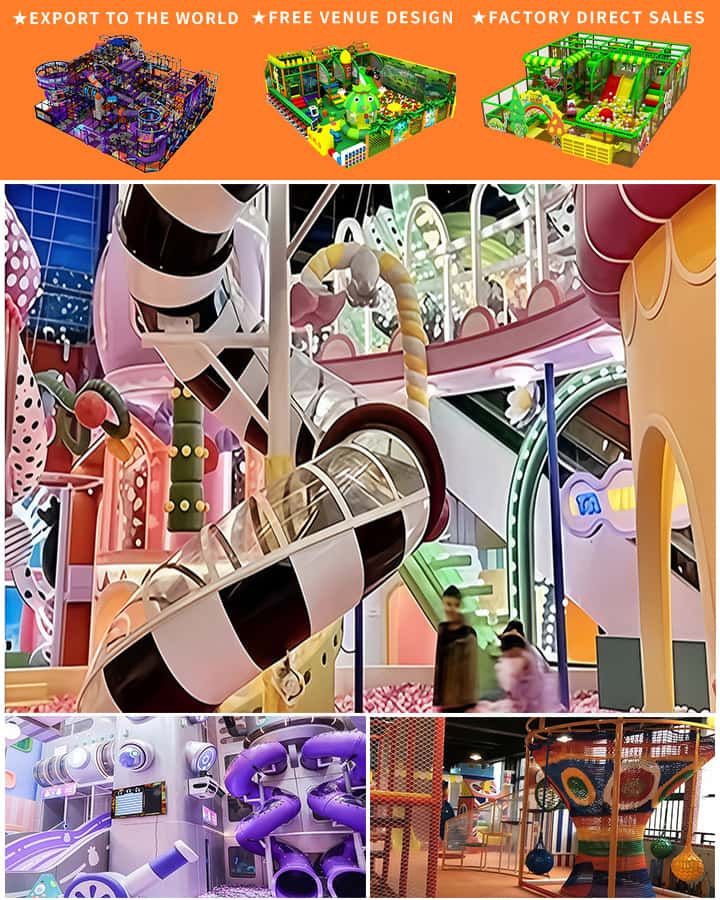The allure of a playground, with its promise of joyful swings, adventurous slides, and interactive games, is undeniable. Yet, behind the laughter and play lies a significant investment in children’s playground equipment. Understanding the true cost of these installations requires delving into more than just the price tags. Here’s a comprehensive look at what goes into pricing this essential aspect of community spaces.
1. Initial Purchase Price
The most apparent expense associated with playground equipment is the initial purchase price. This can vary widely based on several factors:
- Material: Wood, metal, and plastic are common materials used in playground equipment. Metal and high-quality plastic tend to be more durable but often come with a higher upfront cost compared to wooden structures.
- Size and Complexity: Simple swing sets and small climbers are generally less expensive than elaborate play structures with multiple components like tunnels, bridges, and climbing walls.
- Brand and Quality: Premium brands that adhere to higher safety standards typically charge more for their products. These brands offer peace of mind regarding longevity and compliance with safety regulations.
2. Installation Costs
 Purchasing the equipment is just one part of the equation; the installation costs add another layer to the overall expense:
Purchasing the equipment is just one part of the equation; the installation costs add another layer to the overall expense:
- Professional Installation: While some playground sets come with DIY assembly instructions, professional installation ensures that the equipment is securely anchored and meets safety standards. This service comes at an additional cost.
- Site Preparation: Preparing the ground, laying down safety surfaces like rubber mats or wood chips, and ensuring proper drainage around the playground also add to the budget.
- Transportation and Logistics: Depending on the distance from the manufacturer to the installation site, transportation fees can become substantial.
3. Safety Compliance and Inspections
Safety is paramount in playground design, necessitating investments beyond basic construction:
- Certified Inspections: Regular inspections by certified professionals are required to ensure ongoing safety compliance. These inspections can range from annual checks for smaller setups to more frequent inspections for larger, busier playgrounds.
- Compliance with Standards: Adhering to local and international safety standards (such as ASTM F1487 in the United States or EN 1176 in Europe) often involves additional engineering modifications and certifications, increasing costs.
4. Maintenance and Upkeep
Maintaining a playground’s safety and functionality over time is crucial and adds to the long-term cost:
- Routine Maintenance: Regular maintenance tasks like cleaning, sanding wooden surfaces, tightening bolts, and replacing worn-out parts require dedicated labor and materials.
- Repairs and Replacements: Over time, certain components may need repairs or complete replacement due to wear and tear, vandalism, or weather damage.
5. Opportunity Cost
Finally, there’s an intangible cost known as opportunity cost—the benefits you might miss by investing heavily in playground equipment instead of other community needs:
- Budget Allocation: Funds allocated to playground development could potentially be used for other community projects, educational programs, or infrastructure improvements. Balancing these priorities requires careful consideration.
In conclusion, while the initial allure of installing a children’s playground may focus primarily on the joy it brings to youngsters, the true cost encompasses a wide array of expenses. From the initial purchase to ongoing maintenance and safety compliance, the investment is significant. However, when weighed against the physical, social, and emotional benefits that well-designed playgrounds provide, many communities find that the cost is well worth paying for the priceless moments of childhood enjoyment and development they foster.




